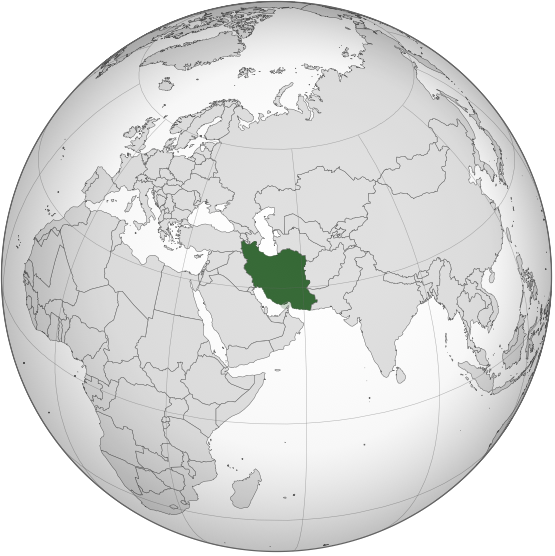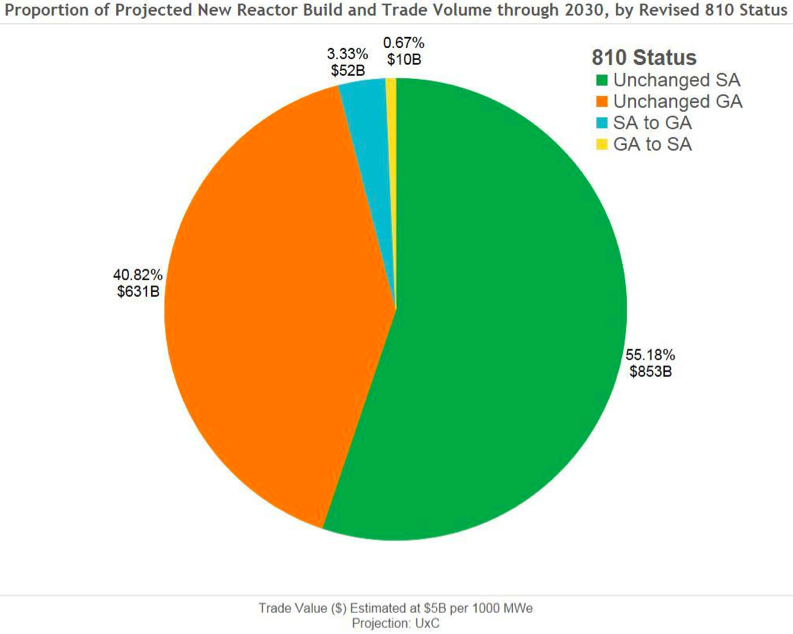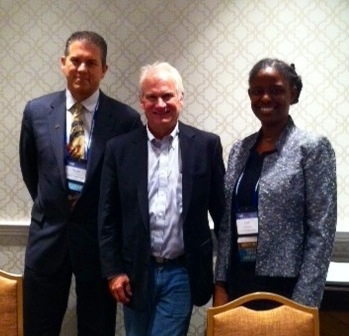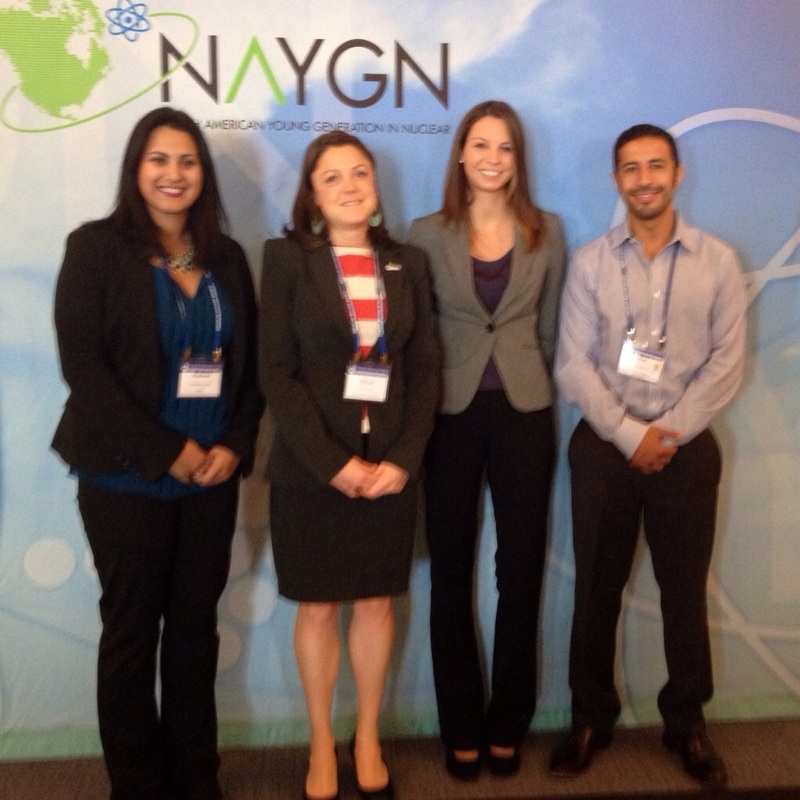Some people think it's a good deal, some think it's a bad deal, but everyone agrees it's a big deal.
Iran absolutely has the right to peaceful nuclear energy, as stated in the NPT. But they must ensure that it is peaceful by allowing the IAEA full access. Uranium enrichment technology, for example, can be used to make fuel for commercial nuclear reactors, or can be used to make highly-enriched uranium for a nuclear weapon. With this agreement, Iran agrees to halt production of uranium enriched above 5% U-235. 3-5% enriched uranium is all that's needed for commercial fuel. Enriching above 20% starts to be suspect because it could be used for a nuclear weapon.
This agreement is only for 6 months and could lead to subsequent agreements that would ensure that Iran's nuclear program is entirely peaceful. All signatories to the Nonproliferation Treaty are subject to safeguards by the IAEA and Iran is no exception.
What are your thought's on Iran's nuclear program and this new agreement?








 RSS Feed
RSS Feed
